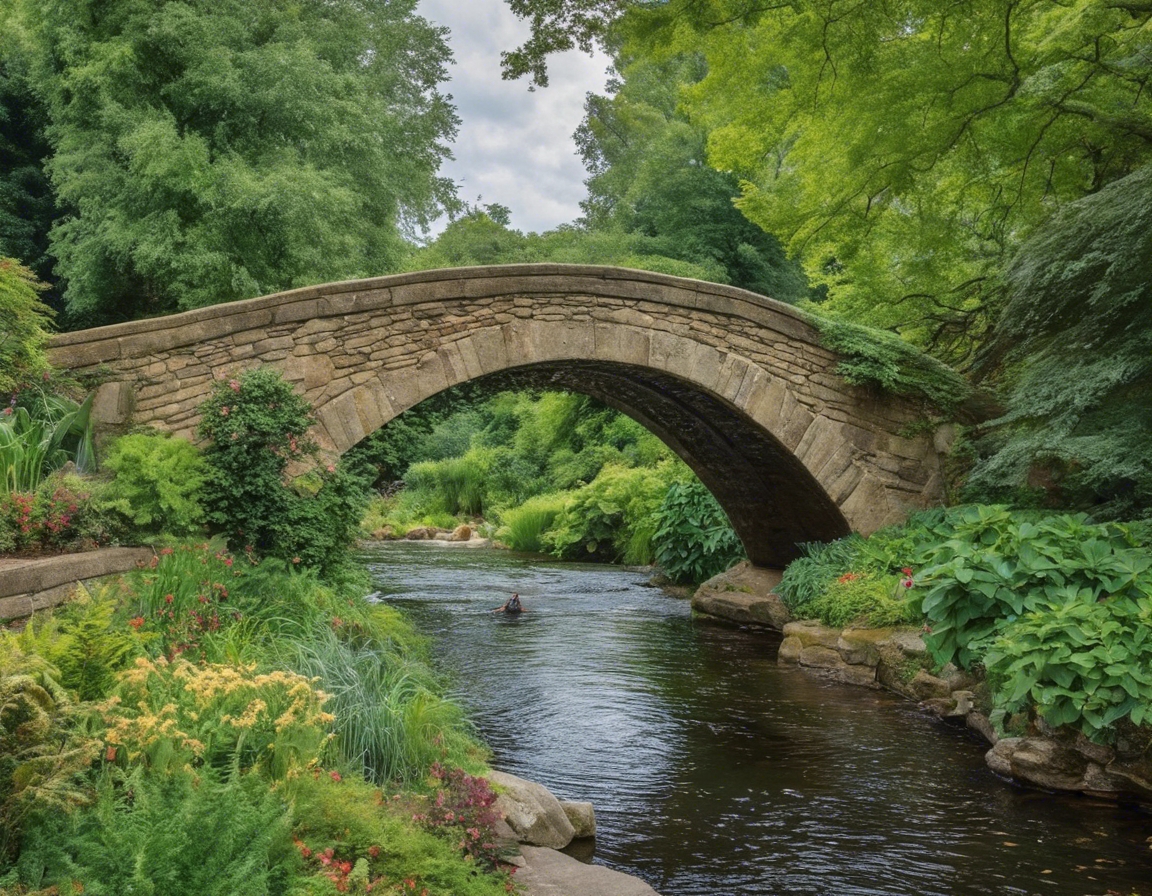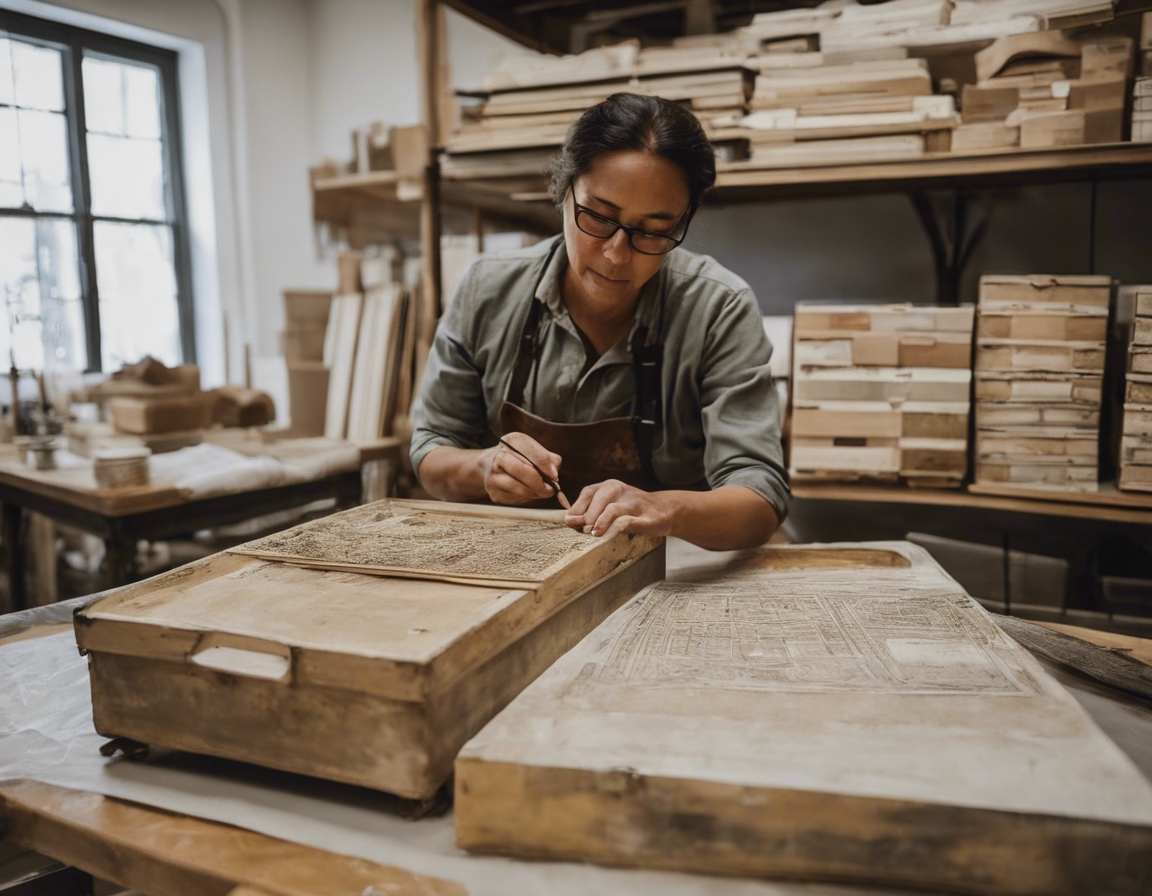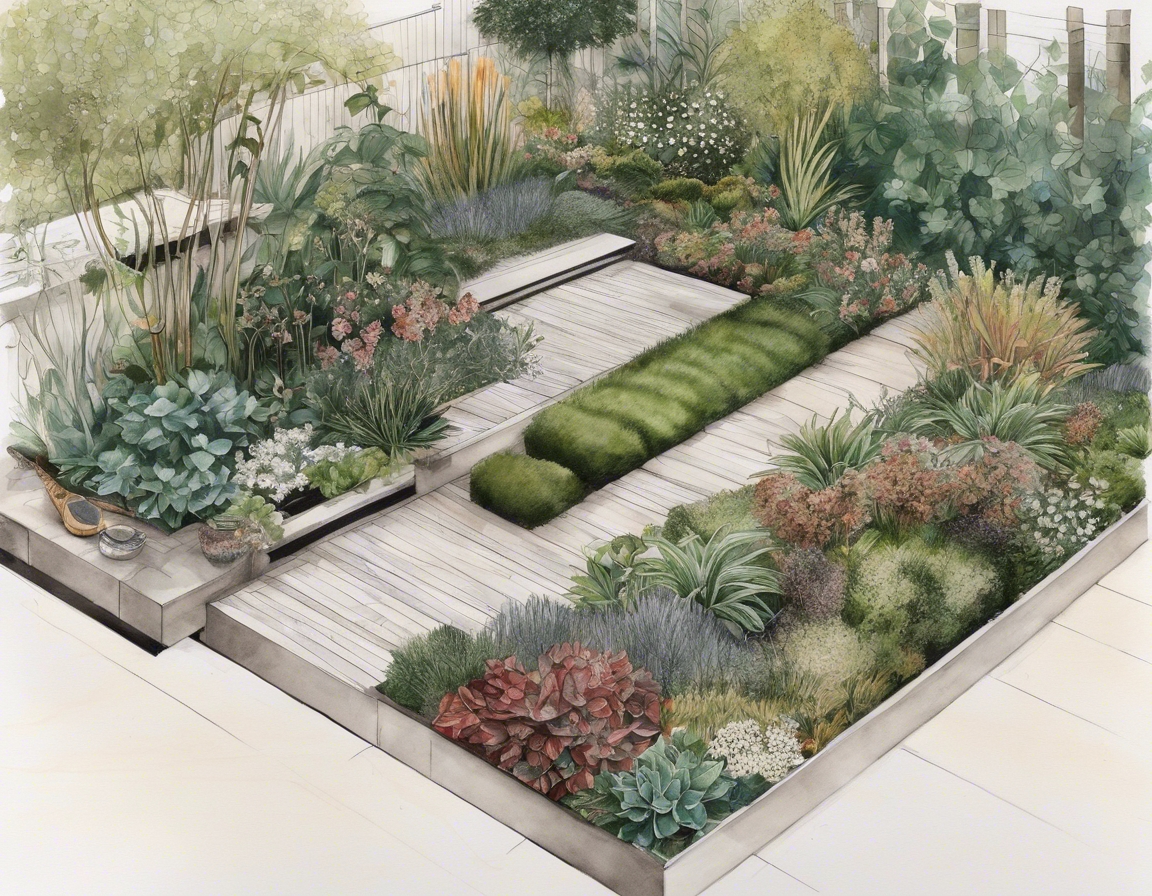The benefits of indoor landscaping in urban environments
Indoor landscaping, also known as interior landscaping or plantscaping, involves the design, arrangement, and maintenance of plants within indoor environments. In urban areas, where green space is often limited, indoor landscaping offers a unique opportunity to bring the natural world into the heart of the city, creating oases of tranquility and beauty in otherwise concrete-dominated landscapes.
Biophilic design is an innovative approach that incorporates natural elements into the built environment, aiming to connect people with nature in places where they live and work. This concept has gained momentum as research continues to reveal the positive effects of nature on human health and well-being.
Health and Well-being Advantages
Plants are natural air purifiers, absorbing pollutants and releasing oxygen. Indoor plants can significantly improve air quality, which is especially beneficial in urban areas where air pollution is a concern.
Studies have shown that the presence of plants in indoor settings can reduce stress levels, lower blood pressure, and enhance overall productivity. This makes indoor landscaping an invaluable addition to workplaces and homes alike.
Being surrounded by greenery has been linked to improved mental health, with plants helping to reduce feelings of anxiety and depression, fostering a sense of well-being.
Economic and Social Benefits
Well-designed indoor landscapes can increase the value of a property by enhancing its aesthetic appeal and creating a more inviting atmosphere.
Businesses that incorporate indoor landscaping often see improved customer satisfaction and employee morale, which can translate into increased loyalty and productivity.
Indoor green spaces can serve as communal areas that encourage social interaction and community engagement, particularly in urban settings where outdoor space may be scarce.
Environmental Impact
Indoor landscaping can support urban biodiversity by providing habitats for a variety of plant species and even small wildlife such as insects and birds.
Plants have a natural cooling effect and can help regulate indoor temperatures, leading to energy savings and more comfortable living and working environments.
Plants can also serve as natural sound barriers, reducing noise pollution and creating quieter, more peaceful indoor spaces.
Aesthetic and Design Benefits
Indoor landscaping can dramatically transform the look and feel of an interior space, adding color, texture, and vitality.
With a wide range of plants and design techniques available, indoor landscapes can be tailored to fit any style or preference, ensuring that each space is unique and reflective of its inhabitants.
Indoor plants can be integrated into architectural elements, such as living walls or green roofs, blending the boundaries between the built and natural environments.
Challenges and Considerations
While indoor landscaping offers numerous benefits, it also requires regular maintenance and care to ensure that plants remain healthy and attractive.
Selecting the right plants for the specific conditions of an indoor environment is crucial for the success of any indoor landscaping project.
Indoor landscaping must take into account the available space and structural limitations of a building, which can sometimes pose challenges for implementation.








Comments (0)